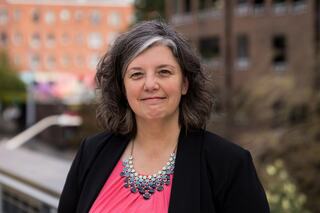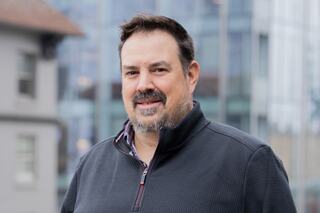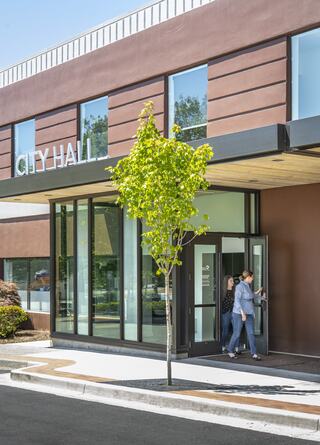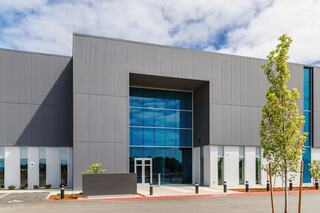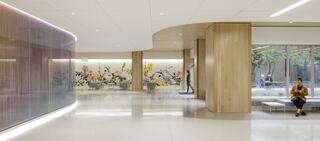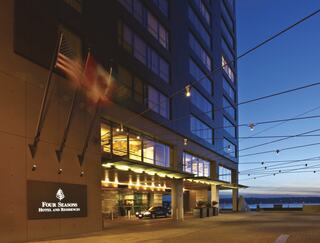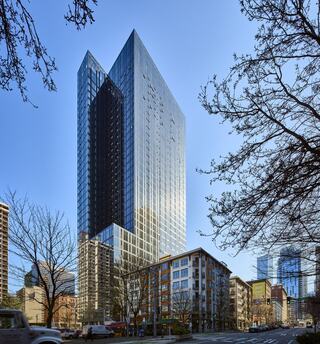Commercial
We've delivered some of the Pacific Northwest’s most transformative commercial projects, from skyline-defining high-rises to complex mixed-use developments. Our team brings deep expertise in planning, constructability, and delivery, with attention paid to every detail.
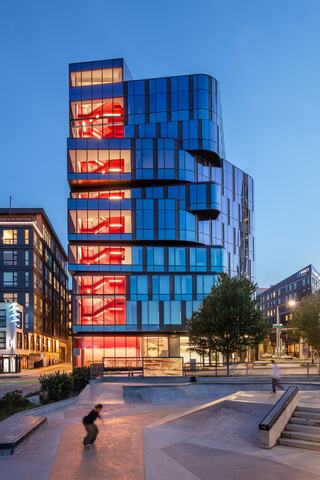
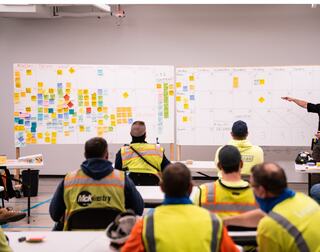
Trusted advisors
Success depends on many factors, from market economics to zoning laws. To make informed decisions, you need a partner standing shoulder to shoulder with you. We leverage expertise in target value design and real-time, market-informed estimating to help you achieve the best project outcome.
How We Build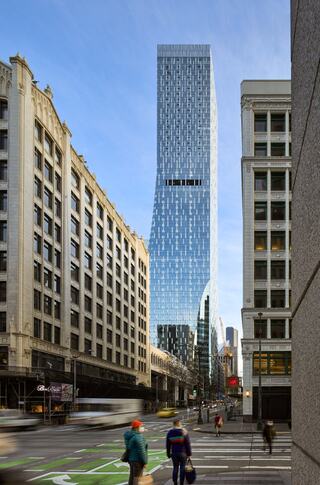
How Did They Build That?
Rainier Square Tower Featured on Smithsonian Channel’s “How Did They Build That?”
Seattle’s second-tallest high-rise, Rainier Square Tower, was recently featured on season four of the Smithsonian Channel’s “How Did They Build That?" series. Hear from Shannon Testa, vice president of operations, and project leads from NBBJ and Magnusson Klemencic Associates about the innovations that made this 58-story tower possible.
Watch on Apple TV(Link opens in new window)

Lloyd Center Concert Venue
Lewis is building an 8,000-square-foot concert venue, which is replacing the former Nordstrom at the Lloyd Center. Backed by Monqui Presents and AEG Presents, the two-story venue will hold up to 4,250 guests and is slated to open in early 2027.
Learn more(Link opens in new window)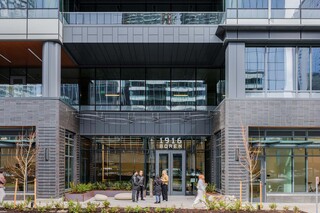
Starting interiors work sooner
At Trammell Crow Company's 1916 Boren, we used a new rebar coupler system to eliminate leave-out strips, allowing us to start interior buildouts more quickly. This marks the first time PS=Ø's system has been used in Washington state.
During concrete pours, large slabs are separated by unfilled strips to accommodate concrete shrinkage during curing. The strips are filled in later, requiring significant reshoring and for formwork to remain in place on the floor below. The new coupler system allows crews to pour two slabs without leaving a pour strip between them. Instead, the concrete's movement during curing creates a thin joint that can be grouted. The tubes inside the couplers are also grouted, locking the rebar into place.
CASE STUDY: PRESERVING HISTORY
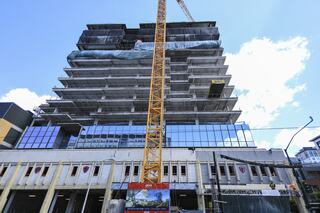
At Seattle’s 400 Westlake, Lewis preserved the 1920s Firestone Building façade while constructing a new 16-story office tower inside it. The team installed custom-fit braces in place to support the façade during construction.
Learn moreSupporting the façade
Lewis crews needed to install a series of steel braces along each face of the façade, creating a supportive triangle between the upper façade, lower façade, and a temporary footing in the ground. These braces needed to be in place until the new structure could be permanently attached to the existing one. To the naked eye, each brace looked identical to the next.
Showing its age
Yet the century-old façade wasn’t perfectly flat or straight anymore, and unexpected obstructions within each wall made it near impossible to pinpoint the exact mounting point of each brace.
A perfect fit
Using a laser-generated point cloud scan and a detailed Revit model, our VDC and survey teams provided exact dimensions to the steel fabricator, eliminating weeks of field modifications. The braces arrived ready to install—no adjustments needed.
Achieving major schedule savings
The result? The beams arrived on a truck, were lifted into place and welded on, no modification necessary. Thanks to proper planning, the team saved over five weeks on the project.

Our portfolio
Featured commercial projects
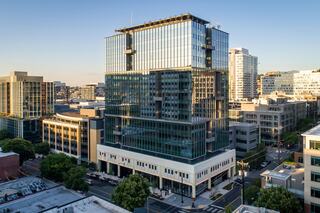
400 Westlake
Seattle, Washington

Canvas @ Press Blocks
Portland, Oregon
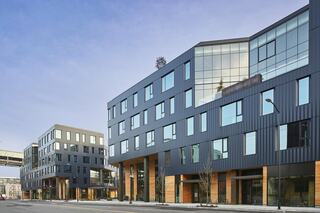
Field Office
Portland, Oregon
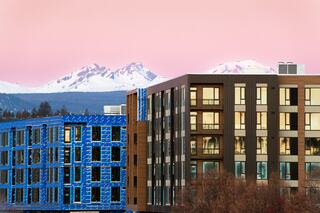
Jackstraw
Bend, Oregon
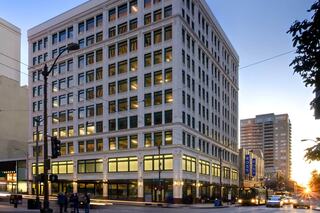
Joshua Green Building
Seattle, Washington
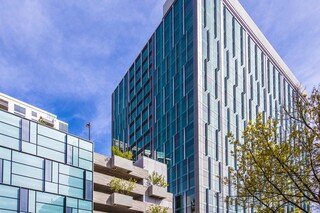
Nine Two Nine
Bellevue, Washington
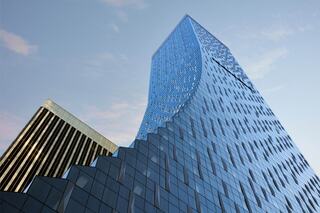
Rainier Square Tower
Seattle, Washington
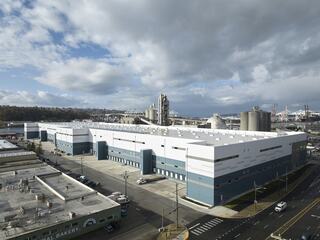
Seattle Metro Logistics
Seattle, Washington

